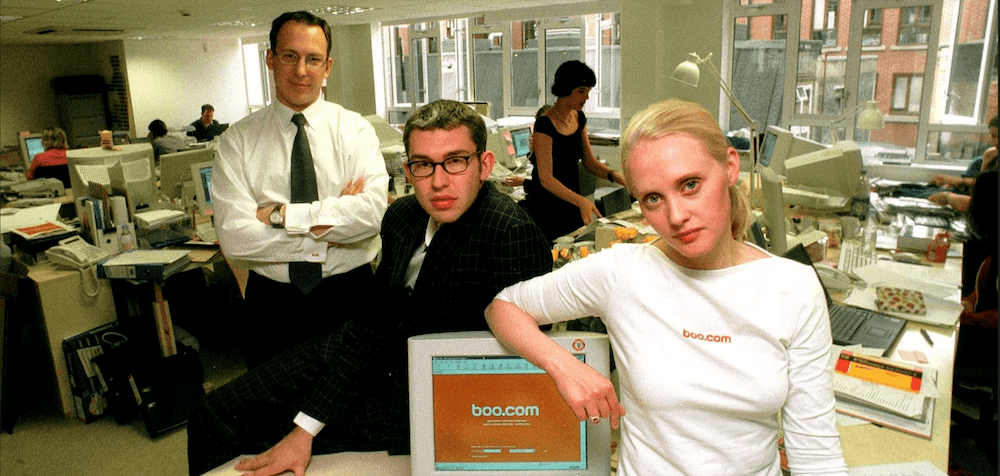Boo.com, launched in the late 1990s, was one of the most high-profile casualties of the dot-com bubble, offering numerous lessons for e-commerce entrepreneurs. Despite its grand ambitions to be a global fashion e-tailer, its failure stemmed from several critical missteps. Boo.com aimed to revolutionize online retail with a cutting-edge, highly interactive website, but its complex design, which featured 3D imaging and virtual assistants, led to slow load times, alienating users with slow internet connections. The site was launched globally, which added to the complications, including the need to manage different currencies, shipping logistics, and local regulations across markets.
One key failure was Boo.com’s underestimation of the market's readiness for such an advanced e-commerce platform. Their website, although visually innovative, was slow and clunky for the average user of the time, many of whom still relied on dial-up internet. Furthermore, many users on Mac computers experienced significant issues completing purchases, and their fraud detection system was overly stringent, rejecting orders from users with web-based email accounts. These technical challenges discouraged potential customers from completing purchases, leading to low conversion rates.
Boo.com’s ambitious global expansion was another critical misstep. The company aimed to simultaneously operate in multiple countries from the start, an effort that spread their resources too thin. This approach required an immense amount of funding, which they raised initially, but the cash burn rate far exceeded projections due to their high operating costs. The company also faced challenges with integrating different software systems and managing paper-based stock control systems from smaller suppliers, adding complexity to their operations.
From a branding perspective, Boo.com tried to position itself as a lifestyle brand rather than just an e-commerce site. However, this led them to overspend on marketing and advertising, prioritizing brand-building efforts over operational efficiency. This mismatch between marketing ambition and operational readiness, along with the company's rapid and unsustainable scaling, eventually led to its downfall. In retrospect, Boo.com highlighted the importance of balancing technological innovation with practical user experience and operational scalability—lessons that would shape the future of e-commerce in the years to come.
